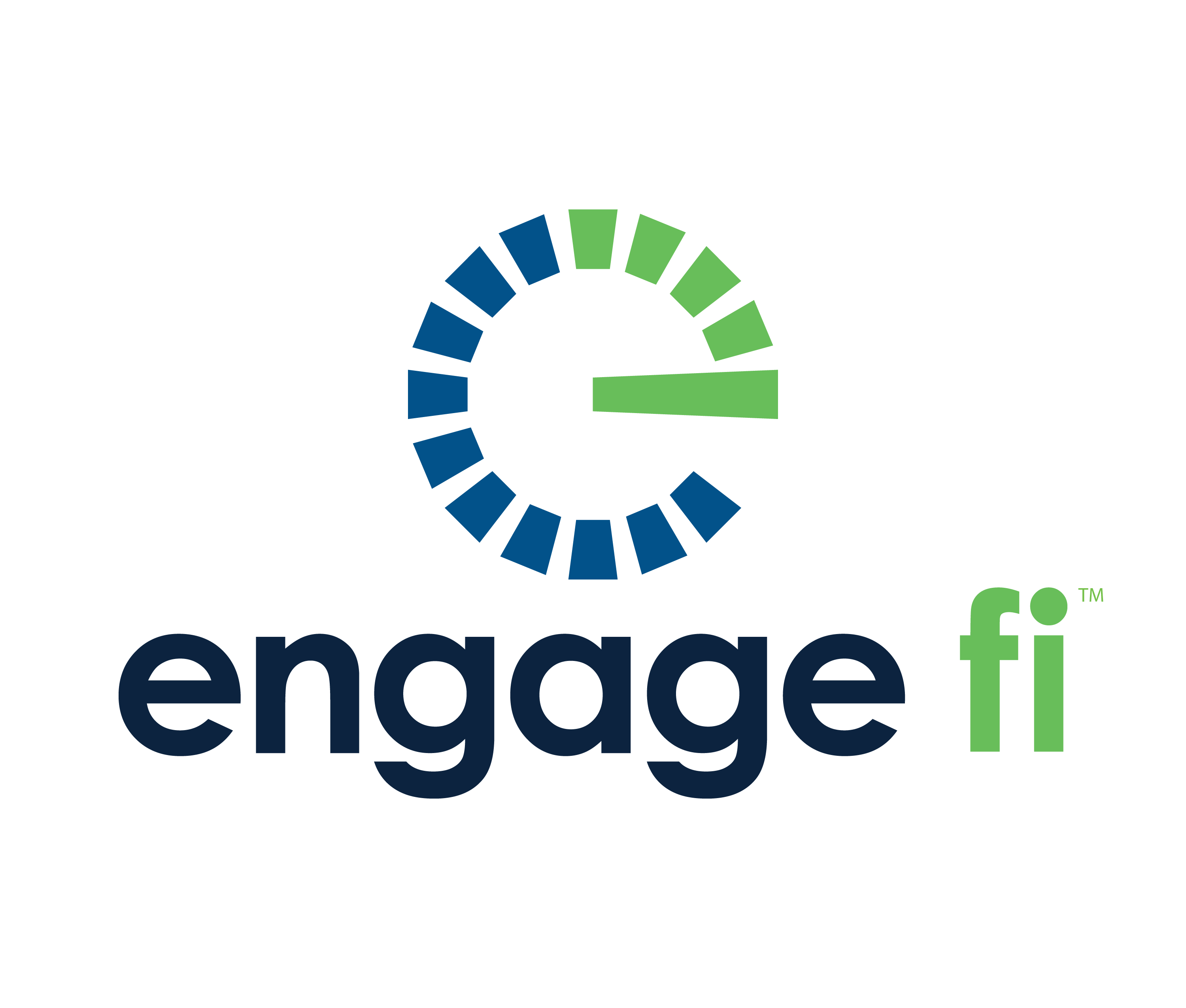AI and Gen AI for Identifying Fraud for Credit and Debit Cards
Fraud is evolving as quickly as the payments landscape itself, and credit and debit cards remain a prime target. For banks and credit unions, staying...
Navigate this high stakes process with precision.
A solution delivering fast, efficient, and accurate core data.
Digital solutions to grow, scale, and outperform.
Reliable, efficient, and integrated core platforms deliver results.
Select modern communications channels to integrate with core and digital solutions.
Strategic Planning
Support services for the strategic planning process at every level.
M&A Planning
Realize the key value drivers resulting from your merger or acquisition.
Performance Benchmarking
Tailored metrics and benchmarks designed to assess relationships.
Organizational Efficiency
Enhance efficiency across branches, digital channels, and contact centers.
A digital library of industry news, analysis, best practices, and thought leadership tailored to the challenges and opportunities faced by financial institutions.
Our in-depth analysis of conversion strategies, M&A activity, and the evolving landscape of financial services.
A podcast channel for the time-constrained banking professional delivering sharp insights on fintech, strategy, and leadership to help you stay ahead in a fast-changing financial world.
For 360fi Workflow clients only. Sign in to access the workflow library and other guides, forms, and tutorials.
2 min read
 Engage fi
:
6/28/24 3:59 PM
Engage fi
:
6/28/24 3:59 PM

Is fraud the wrongful or criminal deception resulting in financial or personal gain? Or is fraud a person/thing intended to deceive others?
It’s a trick question because, as it turns out, fraud is both. And in today’s world, it’s become so much more. Your Fraud Department deals with cards, checks, account takeovers, and ATMs. As you’re reading this, a fraudster is publishing an article instructing other fraudsters about their best practices. There is no telling how advanced fraud will become in the future, so in this article, we’ll cover three key factors to consider across the ever-changing landscape of fraud departments.
Every financial institution is unique, and fraud departments come in all shapes and sizes. In-house and full-service institutions may have different issues arise. For instance, an in-house institution that is solely responsible for monitoring its own fraud may want to consider limited staffing. A full-service financial institution that is outsourcing its fraud department may have the complete opposite concern: there may be too many cooks in the kitchen. In-house institutions must think long and hard about providing their own 24/7 call center. In contrast, a full-service institution needs to continually calibrate the quality of their overnight calls, since they aren’t the ones picking up the phone. Something else to think about is fraud mitigation tools. An in-house institution would need to use the tools they feel would fit the strengths of those on staff, while a full-service institution may count on the tools and expertise provided to them by their processor. The good news is there is no right or wrong answer, just different questions to consider.
When considering your institution’s fraud management, consider your processor – processors have different levels and areas of expertise. How do you ensure your fraud mitigation rules are giving you the ability to evolve with growing trends? Fraud mitigation rules can be very broad or intricate, depending on the current trends.
The big question to ask yourself is: “Can my financial institution simply improve our current processor relationship to meet our growing needs, or would a new processor provide better fraud strategies?”
The only way to find the answer to that question is to drill down and ask more specific questions, for example: “How are travel strategies going to change for consumers? Will I be able to customize them to suit our needs?”
Do a thorough analysis of your institution's wants and needs so you can begin to build your fraud strategies as well as have a clear understanding of your team’s expectations of your processor.
With artificial intelligence and machine learning becoming more prevalent, especially in the fraud mitigation world, we can be sure that fraudsters will be investing in technology as well. It is imperative that your institution have clear insight into the current performance of your Fraud Department – whether internal or external.

Fraud is evolving as quickly as the payments landscape itself, and credit and debit cards remain a prime target. For banks and credit unions, staying...

In today's rapidly evolving financial landscape, C-suite executives face unprecedented challenges in steering their institutions through a complex...

Gen Z does not have much interest in traditional banking. They were grandfathered into their families’ brick-and-mortar personal bank, and banking...